Social media drives 31% of overall referral traffic on the Internet. Facebook contributes a major share to this traffic. That’s why 90% percent of small businesses are on Facebook. 70% businesses also rely on Twitter for capturing the real-time attention of their audience. Bottom line, everyone needs to have a social media presence, but which media platform will produce the best ROI.
While it is common wisdom that smaller niche social networks also deserve your attention, they mostly remain underused in mining a potential customer. In its analysis of 100,000 brands on social media, Buffer found that LinkedIn and Pinterest remain largely untapped. A solid marketing strategy in either of these social media platforms may pay dividends.
- 59% of LinkedIn users don’t visit twitter and 13% don’t use Facebook. So, you lose out on capturing new audience if you don’t market on LinkedIn.
- Buffer also found that brands post 4 to 5 times per week on Pinterest. But, the brands with the highest engagement on the visual platform post multiple times a day.
The right social network, for you, will depend on the nature of your business, your audience preferences and your goals.
In 2015, 10% of businesses said that they spent 16 to 20 hours every week on social media marketing. So, instead of spending all of your time and focus on Facebook and Twitter, it’s essential to find the social network that presents the best ROI for your online marketing investment.
In this article, I want to demonstrate the step-by-step method to help you find the social network that makes the most sense for your business.
Ready?
Let’s begin.
Step #1: Define your target audience and create marketing personas
The starting point of every marketing plan, social media centered or not, is almost always coloring your audience profile – what are their age, gender, interests, education, income, location, values, fears, challenges and the like.
Once you’ve got a clear audience picture, you can build and promote your business profile to appeal to any potential customer in the group. And, as you empathize with them, you’ll build a relationship that converts the audience into your loyal followers and customers.
What if your target audience involves two different groups- teenagers interested in sports and part-time entrepreneurs in their 30s?
You’ll obviously need to modify your marketing strategy to connect with them. This is where creating a marketing persona will help.
A marketing persona is a representation of a key segment of your audience that helps you craft relevant and useful marketing messages that appeal to a potential customer.
If your business serves diverse audience segments, Buffer recommends that you create 3-5 personas that “cover the majority of your customers, yet are small enough to still carry the value of specificity.”
You can get a lot of details about your website visitors from your Google Analytics (GA) account.
Here’s how a filled out marketing persona will look.
Once you have a few personas handy to understand how different customer segments view your products, it’s time to write down the tone and voice of your different social media accounts.
Distilled recommends using adjectives to describe your brand, as a way to define your tone and voice in your social media presence.
Remember that your brand personality will determine your voice. But, depending on your audience, social media channel and situation, you can adopt different tones.
Here’s a simple 4-part formula to help you transfer your voice to tone.
As an example, if your voice is community-driven, this is how you should perform social media conversations (along with how you shouldn’t).
Instead of a robotic voice that your consumers despise, you want to humanize your brand and delight your customers throughout any social media platform. Social media marketing is designed to be less formal and, in general, more fun.
Once you’ve nailed down your audience personas and social media brand personality, it’s time to move to the next step.
Step #2: Identify the good fit social networks where your audience hangs out
Alright. It’s now time to find the places where your audience hangs out online. Here are 3 strategies to find out your fan favorites with your desired potential customer.
1. Head over to Buzzsumo and type in a key term related to your industry/niche. On clicking the search button, you’ll get the most shared content on social media along with the networks where it’s most popular. This helps define your marketing strategy.
The limitation of the tool is that it only considers the five major platforms.
2. Mark Schaefer bursts the myth that “audience is equal to action.”
But, if you’re building a social media presence, you’ll likely want to build an audience that takes action i.e. “develop an online community who will create some business benefit for you over time.”
In this context, Mark has stacked Facebook against likes of Snapchat, Slideshare, LinkedIn, YouTube and more. Because, although Facebook might be the biggest and easiest platform for building your potential customer audience, you’ll need money and a lot of time to reach them. This is why you need to be smart with online marketing; you can waste money targeting a popular social media platform that isn’t necessarily the right one for you.
Due to higher ownership and lower competition on niche networks, you can build a passionate and emotionally connected audience on them. Here are a couple of examples:
- Eugene Cheng has gotten over 10,000 subscribers and incredible engagement from Slideshare.
- FounderMag took the opportunities offered by Instagram and built 400,000 followers in merely 11 months, converting 30,000 opt-ins in just 30 days.
3. Find the overlapping networks between your target audience and social network demographics. For example, here’ a breakdown of social network users by age.
Suppose you want to target the 18-24 age group. Then, Snapchat and Instagram are the best platforms. 32% of US teenagers cited Instagram as their most important social network, in Piper Jaffray’s bi-annual teen survey. If that is your target market, you need a social media presence on one or both social media platform.
And, if you want to target professionals in the age group of 24-44, then LinkedIn is probably a better bet to find a potential customer through media marketing.
You can also decide your social network per these 7 different characteristic types (courtesy of Jason DeMers).
If you’ve cast a wide net, you might find that your audience essentially hangs out on 4 or 5 social networks. I understand it’s difficult to engage on so many platforms every week.
You can use a media platform that help you maintain your social media presence over several media sites, helping you remain engaged in the marketing strategy with ease.
So, limit your presence to the online marketing platforms that will help you connect with a majority of the audience. You can apply the pareto principle on your marketing channels by building a chart, like the one below.
Then, find the platform that gets you the most profit per hour.
Step #3: Do a quick competition check and set up your camp on the ones that align with your business goals
If you find that your online marketing competition is getting insane traffic and great business results, there is a huge probability that they have cracked the code on a social media platform.
With intelligent tools, you can reverse engineer their success and try outdoing their efforts. Let me show you 2 tools to do a quick check.
1. Quintly tracks your performance and the numbers associated with your competition to give you an overall picture of how you stack up against the industry with your marketing strategy.
2. Ahrefs content explorer is a great tool to find the kind of content that resonates with your audience and the social media platform that rules your niche.
I also recommend you to use the Buzzsumo influencer tool and create a list of the profiles that are popular and get great engagement in your niche. Engagement is the more important aspect of a social media presence rather than disengaged posts across several social media platforms.
You can even identify the influencers that share your competitor’s content by clicking on the ‘View Sharers’ button.
You need to build a relationship with the influencers that don’t have a direct association with your competition to give you credibility to a potential customer.
You also need to factor in the role a social media platform will play in your sales funnel. Since most users log into social media to relax and connect with their family, you shouldn’t generally expect a direct sale from this type of online marketing.
Social media is a brand awareness channel, but the journey isn’t linear, as the traditional funnel suggests.
Rather, like Buffer points out, that the social funnel is upside down.
Without entering into the debate on the shape of your social media funnel, your goal must be to identify how the assets on different social platforms will tie in with these 3 stages.
The motto behind matching the different capabilities of social channels with the funnel is aligning your social media efforts with your business goals.
Here’s what Buffer’s social media funnel looks like.
Step #4: Build your tribe with authenticity, education and entertainment
By executing the previous steps, you’ll be aware of your target audience, will have crafted your brand personality and have picked a couple of social networks for marketing.
Now, it’s time to deliver value to your audience, so that they become aware of your brand and engage with you. It’s important to understand that you’ll need to remain active on your selected choice of social networks – only then will your following grow.
What kind of content strategy must you adopt?
Buzzfeed, in its December 2015 analysis of 1 billion articles, found that the following 4 major elements contribute to shareability.
You can share your own blog posts, infographics, videos, quotes and tips that possess one of the above elements.
But, it’s important to strike a balance between non-promotional and promotional content. Michael Hyatt recommends the 20-to-1 ratio –
You have to make 20 relational deposits for every marketing withdrawal.
Also, try to stand out from your competition. For example, I post inspirational graphics (unrelated to the marketing niche) besides educating blog content. Not many marketing personalities do that on social media.
Similarly, I try to build an authentic social presence by sharing snippets from my personal life on Facebook to let a potential customer know I’m a real person.
These posts receive the most engagement from you. And, they also help in elevating my profile’s overall reach. It’s a very personal marketing strategy
Sharing exclusive behind-the-scene videos and photos is another great incentive for your audience to follow you on your social media presence.
For instance, designers shared scenes from the New York Fashion Week to engage the Snapchat community.
Adding an entertaining touch to your updates will also strengthen your social bond. The New York Times found that entertainment is one of the major reasons why people share content with their friends.
You can leverage the video format on Facebook for sharing such amusing content. For example, the short video of this baby was one of the top Vines last year, with over 56 million loops.
You can even engage with your email subscribers on Facebook, like John Haydon does.
Step #5: Measure your marketing results and keep experimenting
Buffer is a leading social media marketing tool. One of the key reasons for their incredible growth is consistently questioning traditional marketing wisdom and experimenting to develop their own results.
For example, they recently stopped collecting emails and growing their list, because they were confused with what they wanted to do with these emails.
You also need to do the same with your social media marketing.
Only use the tactics suggested by the “best practices” articles as starting points. Once you’ve collected data around your marketing efforts, it’s time to see the patterns and tweak your strategy.
If you use Buffer to schedule your media marketing updates, you get a weekly email performance report. You can also log into your analytics and find out your most clicked posts.
You can also check your GA referral report to find the highest traffic roping social networks.
If you want a further breakdown of your brand’s most influential advocates, you should add Referrals as a secondary dimension.
If you’re on a business plan, Buffer also allows you to integrate your Buffer data with GA and get more insights.
Finally, I would encourage you to keep experimenting in social media. You’ll find that there’s an underused element on every social media that might get you a great ROI.
- Mary Fernandez ran cheap ads at $ 227 and got 532 new subscribers in 43 days.
- Imran Esmail got 78 new subscribers from Quora with a viral answer.
You might get great results by posting on niche social media forums or Facebook and LinkedIn groups. Customize the online marketing to what is working and spend your energy (and money) there.
The bottom line is that you must take the conversation from social media to your landing pages and have a clear pathway for getting customers. Only then can you determine the most lucrative social platform for your business.
Conclusion
Social media is a great resource for marketers to connect with millions of users worldwide. The challenge is finding and focusing on the key platforms to maintain your social media presence that bear fruit for your business.
You shouldn’t get on Facebook just because every other small business is adopting it. The 5 steps I shared in this article will help you make an informed decision.
How many social media platforms do you use for marketing your business? Which social media has given you the best ROI?


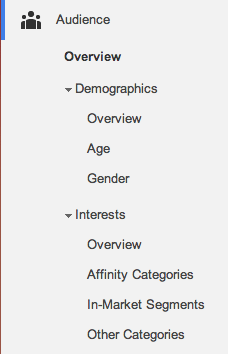

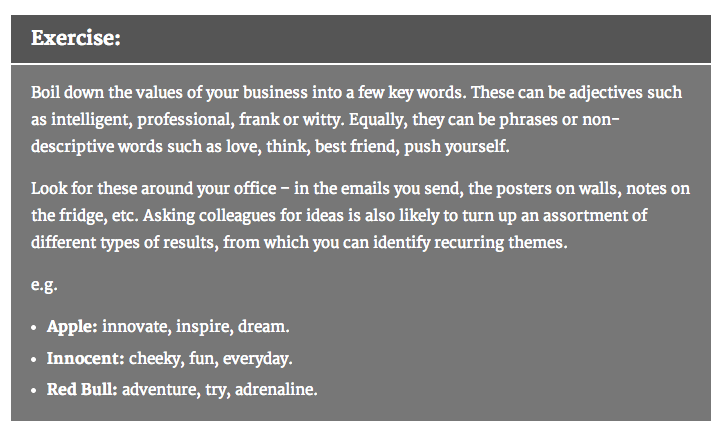




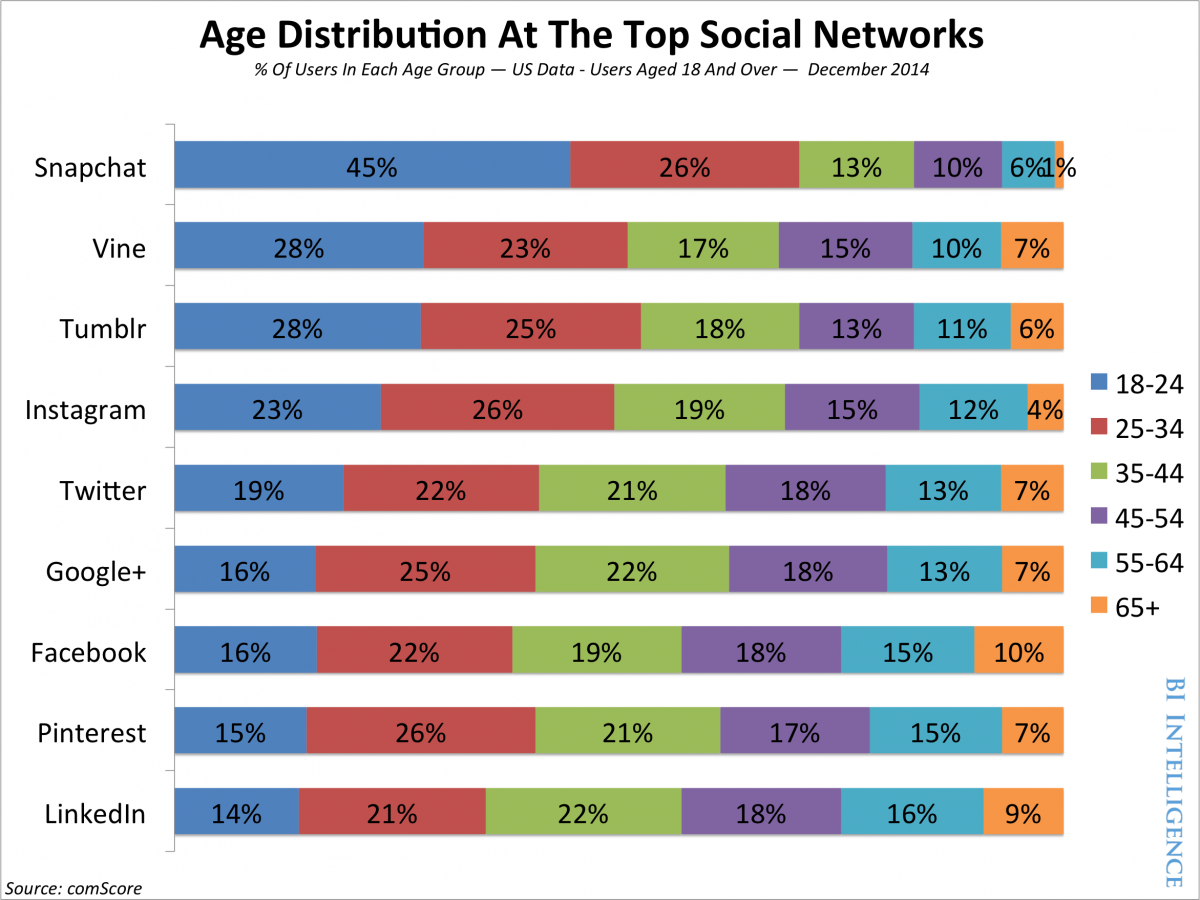


















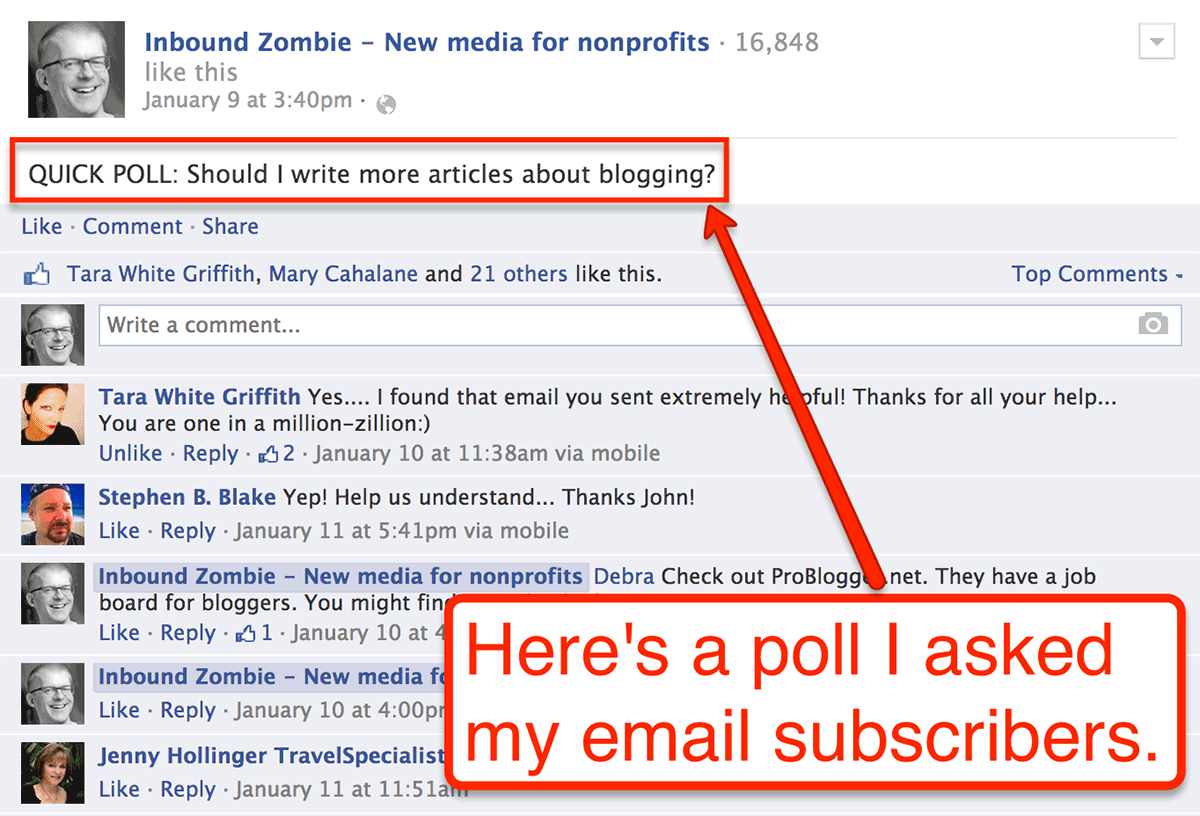
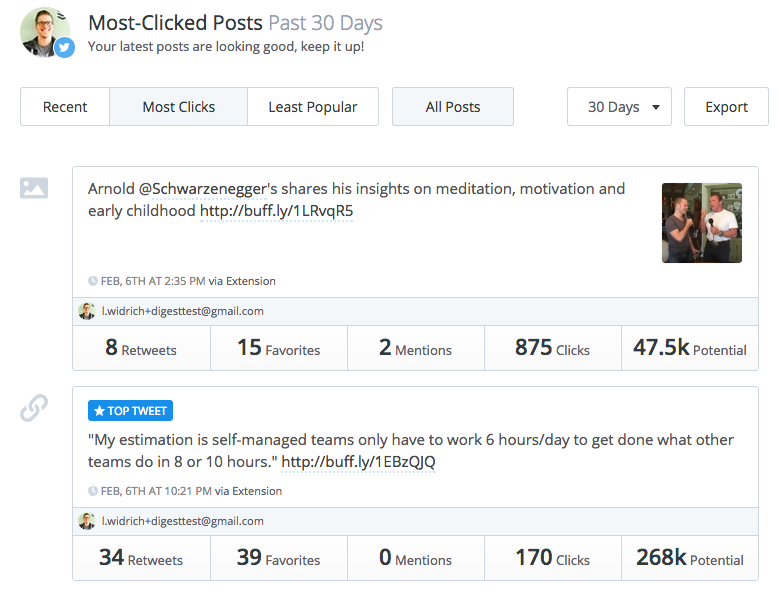
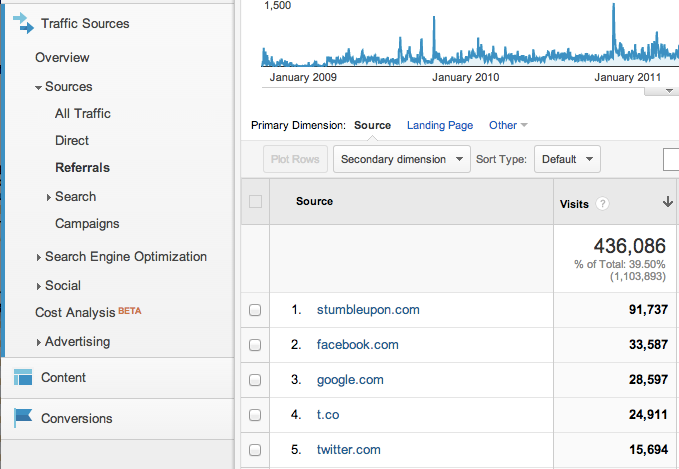
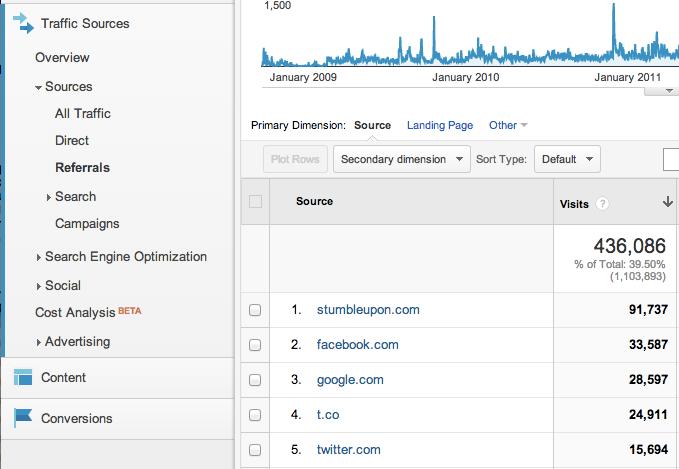

Comments (32)